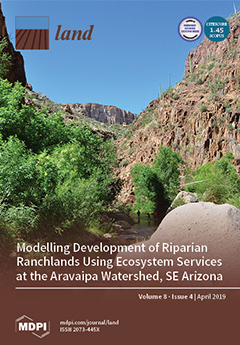Differences in spatial structure of rural areas of commune of Goraj with regard to size of farms owned by natural persons
Agriculture in Poland varies from region to region in terms of the level of farming culture and intensity of production. The majority of holdings are family farms, which use extensive farming practices and which are geared towards multidirectional production. They are characterized by low product marketability. Small farms with an area of 1-5 ha prevail. The largest fragmentation of individual farms is observed in the southern and south-eastern parts of the country. A more favourable agrarian structure is found in northern Poland.



